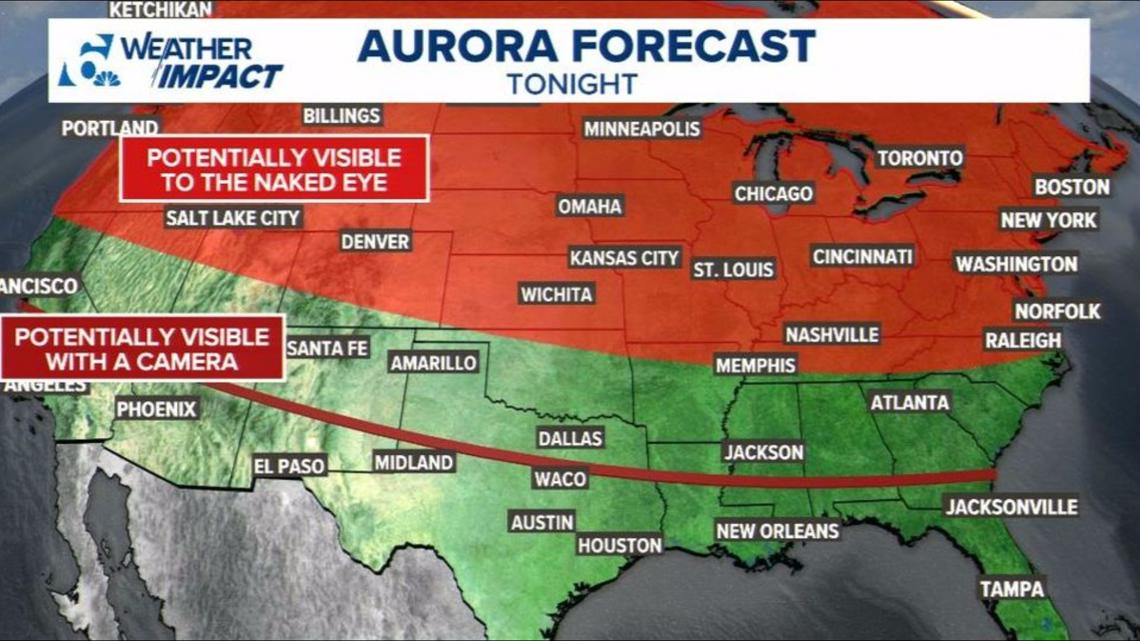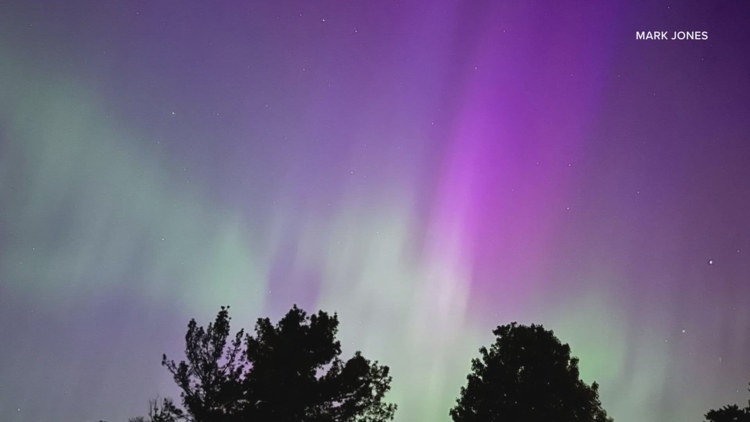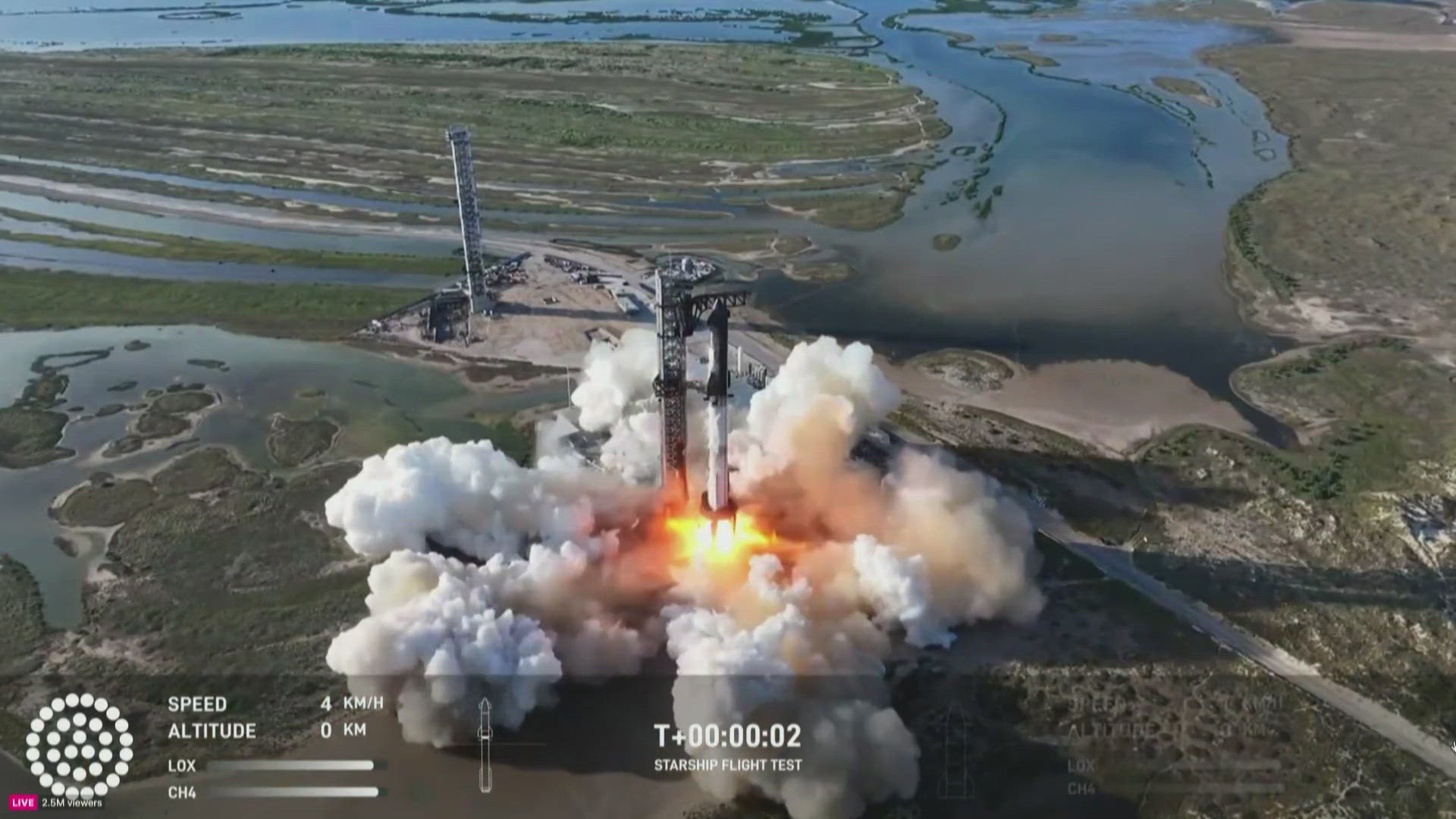WACO, Texas — Space enthusiasts, plan to look up at the night sky on Thursday night! Plenty of Americans will once again have another chance to witness the aurora borealis, or the Northern Lights.
Turns out, a coronal mass ejection from the Sun occurred on Tuesday. The National Oceanic Atmospheric Administration (NOAA) anticipates it will strike Earth's atmosphere Thursday night and only last 12 hours long.
What causes aurora borealis?
Earth has a protective magnetic field. When coronal mass injections interact with Earth's magnetic field, it causes geomagnetic storms, according to NOAA. These storms then create displays of aurora borealis, a dazzling light show of green to red to even purple and pink across the sky.
NOAA anticipates it will be as spectacular as the May aurora borealis, meaning it will be a light show that's worth seeing.
Who will have the best view of the Northern Lights?
Those living in northern states have a higher likelihood of seeing the dazzling show. See the map below for the states impacted.
Will Central Texans see the aurora borealis?
According to our Chief Meteorologist Matt Farrell, the Waco area may be able to view the solar event under special circumstances.
"If you own a good camera and can make it to a dark area far away from city lights, you MAY just be able to get a glimpse of the Northern Lights in photographic form tonight, as far south as Dallas and Waco," he said on his Facebook page.
In other words, if you are in an area where there's no light pollution near Waco, you may be able to witness the event on your camera or cell phone and not by the naked eye.
Instead, the aurora borealis may be viewable to the naked eye in the northern Panhandle and Amarillo.


Below are some tips to help your chances of viewing the event:
What's the best time to catch a glimpse of the Northern Lights?
The best time to view the Northern Lights is between 10 p.m. to 2 a.m.
How can you take a picture of the Northern Lights?
You can best capture your photo with low shutter speeds and night mode, especially if you are on your smartphone.
If I miss it, can I see it again?
Farrell said there will be plenty of chances to see the Northern Lights, even in Texas. That's because the Sun is approaching its solar maximum cycle, which is the sun's most energetic phase every 11 years.
"We expect these situations to continue through next July," he said.



